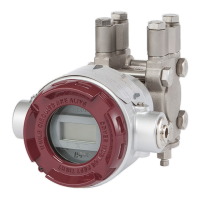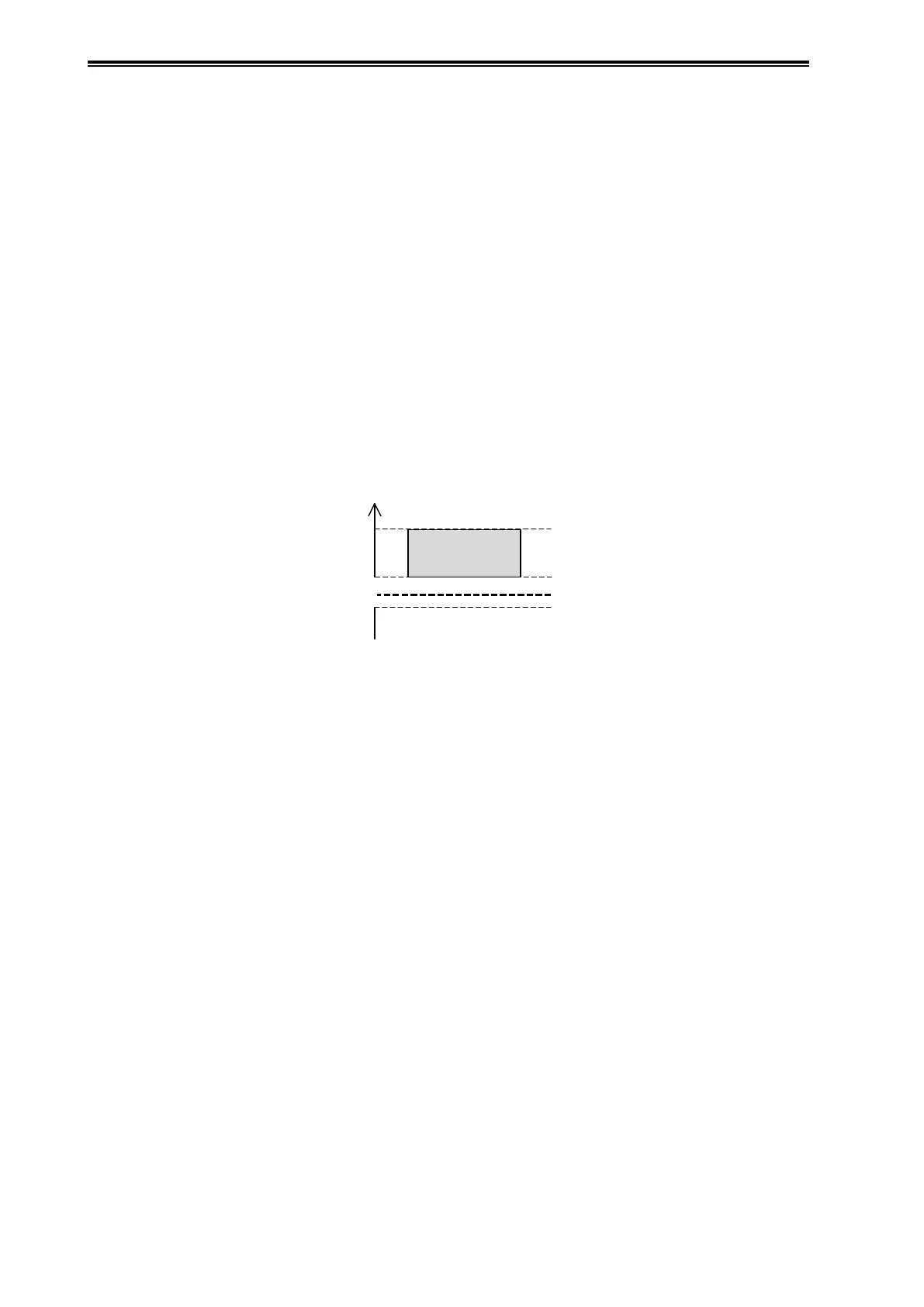A-20
Appendix A Maintenance and Troubleshooting of this Device
A3-4-5 Setting the diagnosis alarm
When diagnosis is judged to be possible, set the alarm. If you do not want to activate the alarm,
omit the steps in this section.
[CAUTION] The procedures described in this document do not guarantee the detection of
clogging or the elimination of false indications. The pressure frequency index may
change due to causes other than clogging, and may also depend on the degree of
clogging or the material of the clog. Adjusting the settings should be done with the
realization that there is no threshold value setting that can eliminate misinformation
and securely detect clogging only.
(A) When using both-side clogging diagnosis only, or when judging case A in section A3-4-4
First, determine the alarm threshold value. Determine only the lower limit value. This threshold
should be between the minimum index value under normal conditions and the maximum
with simulated clogging. If the threshold is put close to the minimum under normal operating
conditions, the alarm will be activated earlier, but the possibility of a false alarm is also higher. Put
the threshold at a certain distance away from the minimum under normal operating conditions,
leaving a margin.
Threshold value
(Low limit)
Index value range
under the normal
operating conditions
Minimum value
under normal
operating conditions
Maximum value
under simulated
clogging
After determining the threshold value, follow the steps below to set the alarm and start the
diagnosis.
Procedure
(1) Execute Reset Press Freq Index.
(2) Set Press Freq Index Low Limit to the determined threshold value (lower limit).
(3) Set Press Freq Index Alarm Use “Enabled (Low)” (lower limit only).
With these settings, when the index value is outside the normal range and approaches the value
with simulated clogging, the alarm is activated.
(B) When judging case B in section A3-4-4
First, determine both the upper limit and lower limit of the alarm threshold value. The threshold
value (upper limit) should be put between the maximum value under normal operating conditions
and the minimum value that increases the value of the index in the one-side clogging simulation.
The threshold value (lower limit) should be put between the minimum value under normal
operating conditions and the maximum value in the both-side clogging simulation. If the threshold
is put close to the minimum value or maximum value under normal operating conditions, the
alarm will be activated earlier, but the possibility of a false alarm is also higher. Put the threshold
at a certain distance away from the minimum or maximum values under normal operating
conditions, leaving a margin.

